Graco REACTOR E-XP1 User manual




















Popular Heating System manuals by other brands
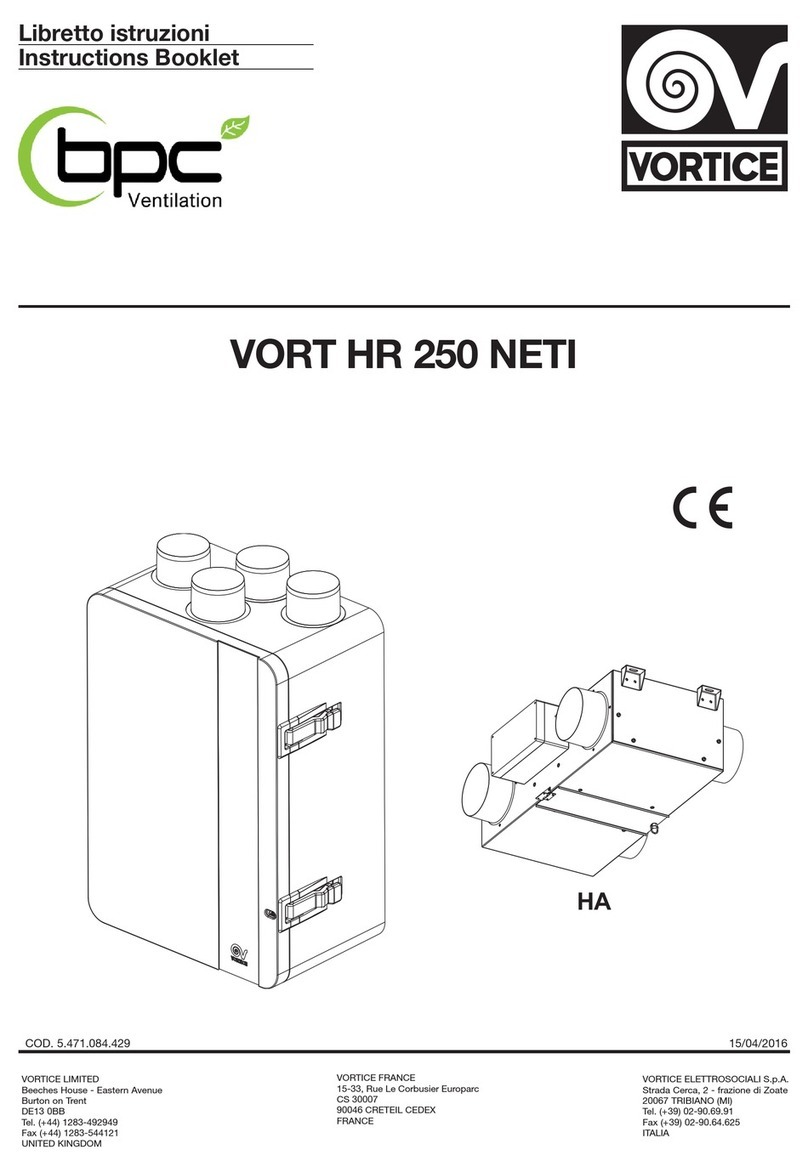
BPC
BPC VORTICE VORT HR 250 NETI Instruction booklet

Bryant
Bryant Legacy 677C**C Series installation instructions
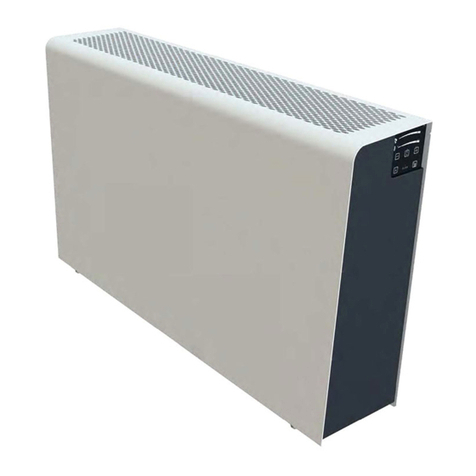
SIRE
SIRE XROOM OPERATING AND INSTALLATION Manual
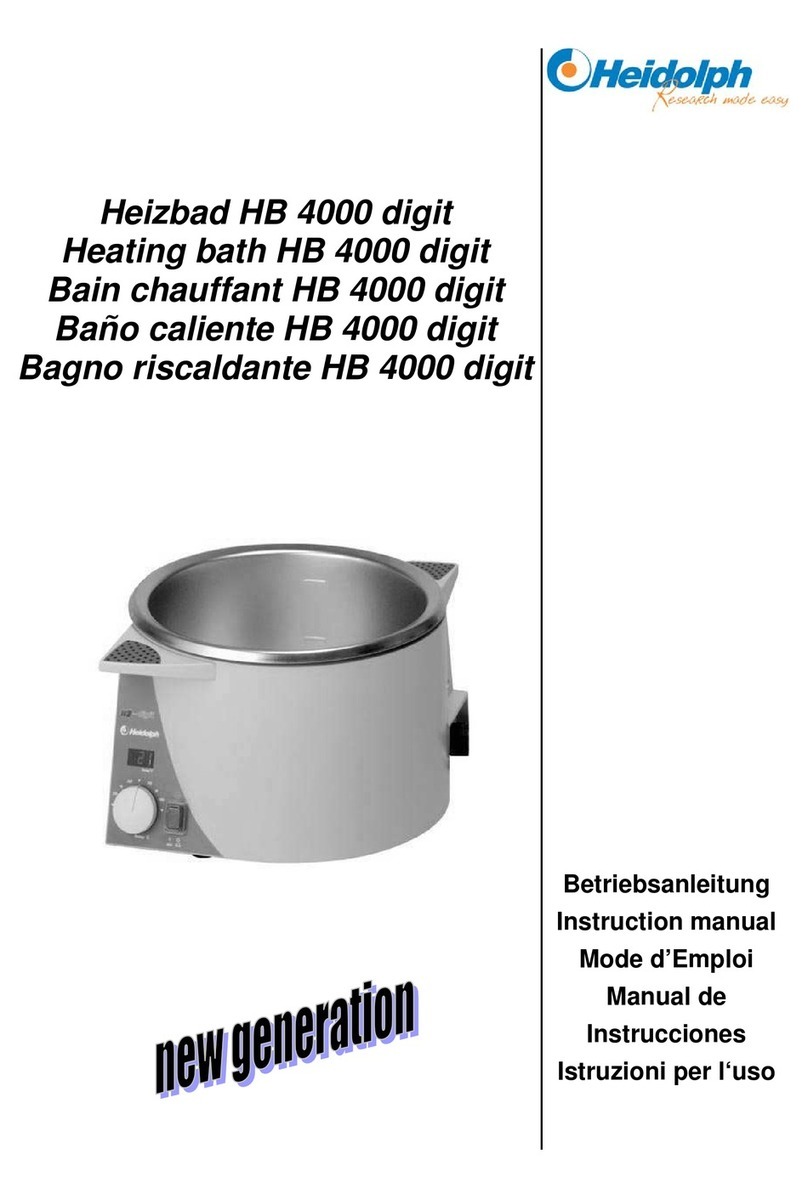
Heidolph
Heidolph HB 4000 digit instruction manual
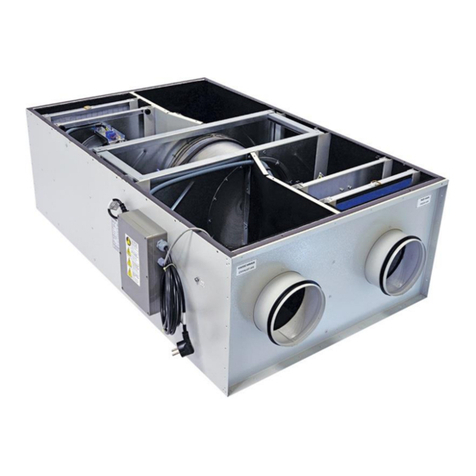
VENCO
VENCO VHR ER 01 Installation, operation, & maintenance instruction
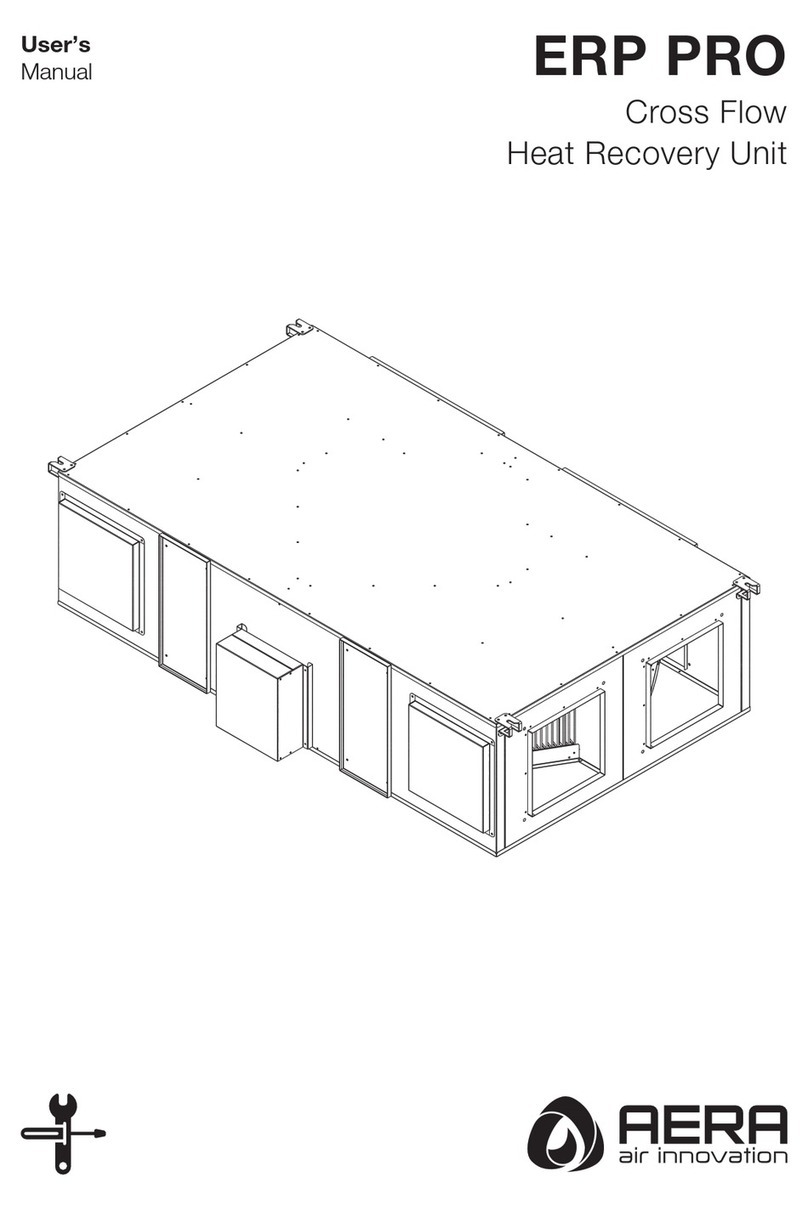
AERA
AERA ERP PRO Series user manual

Trane
Trane YCX024G1L-M Installation operation & maintenance
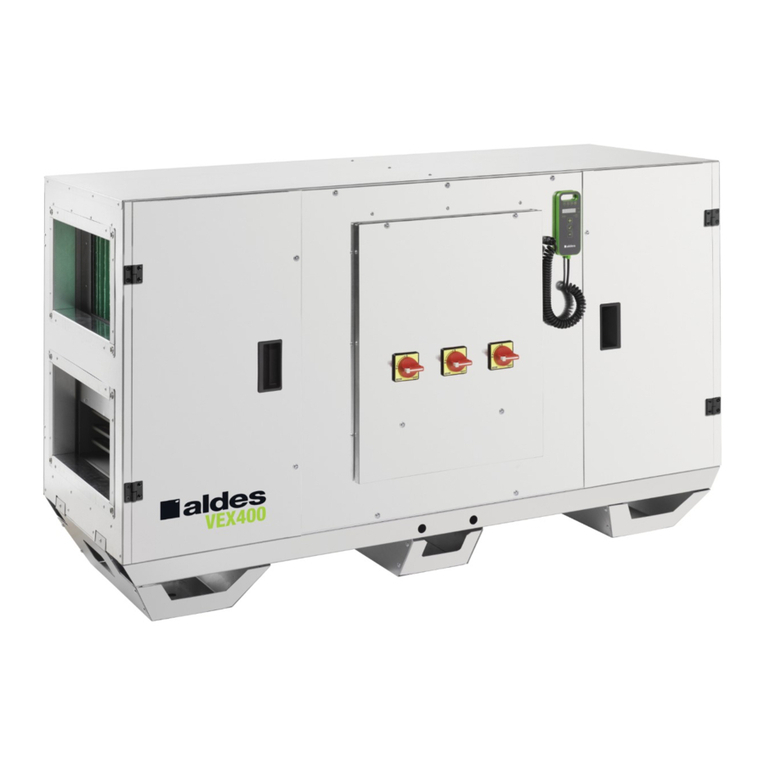
aldes
aldes VEX400 Installation and maintenance manual
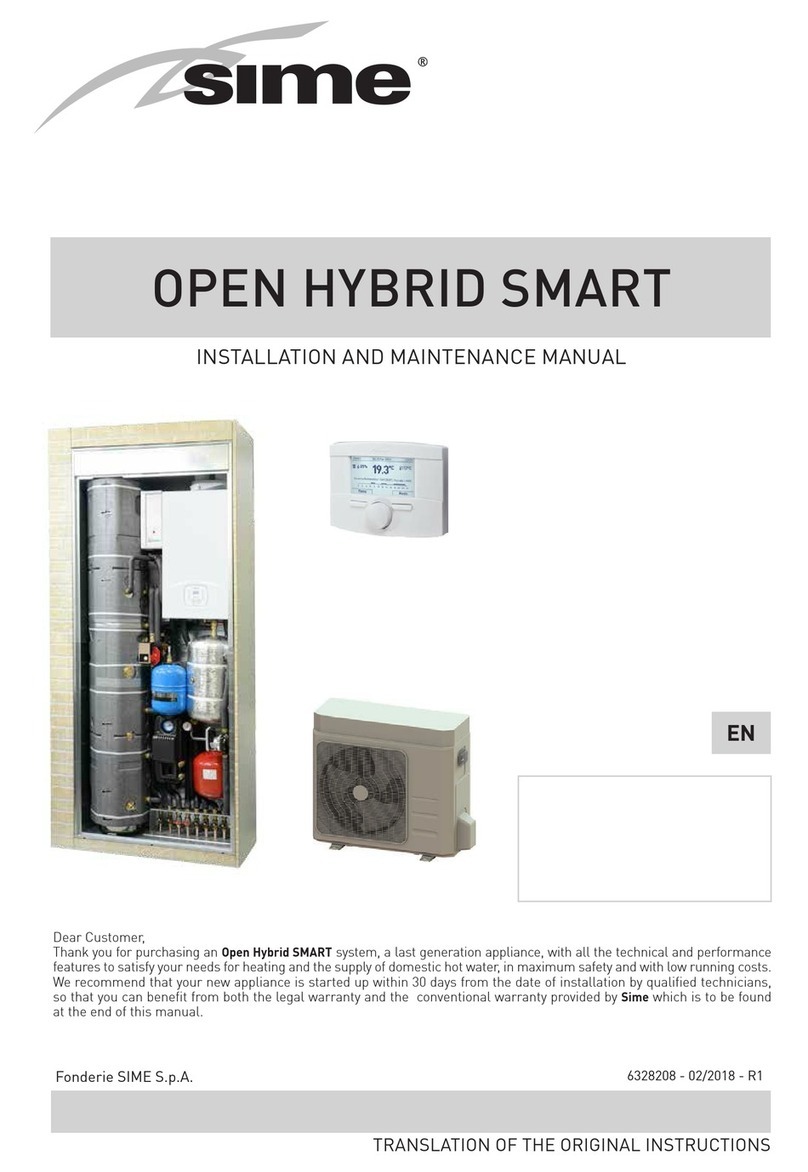
Sime
Sime Open Hybrid SMART 25-8 Installation and maintenance manual
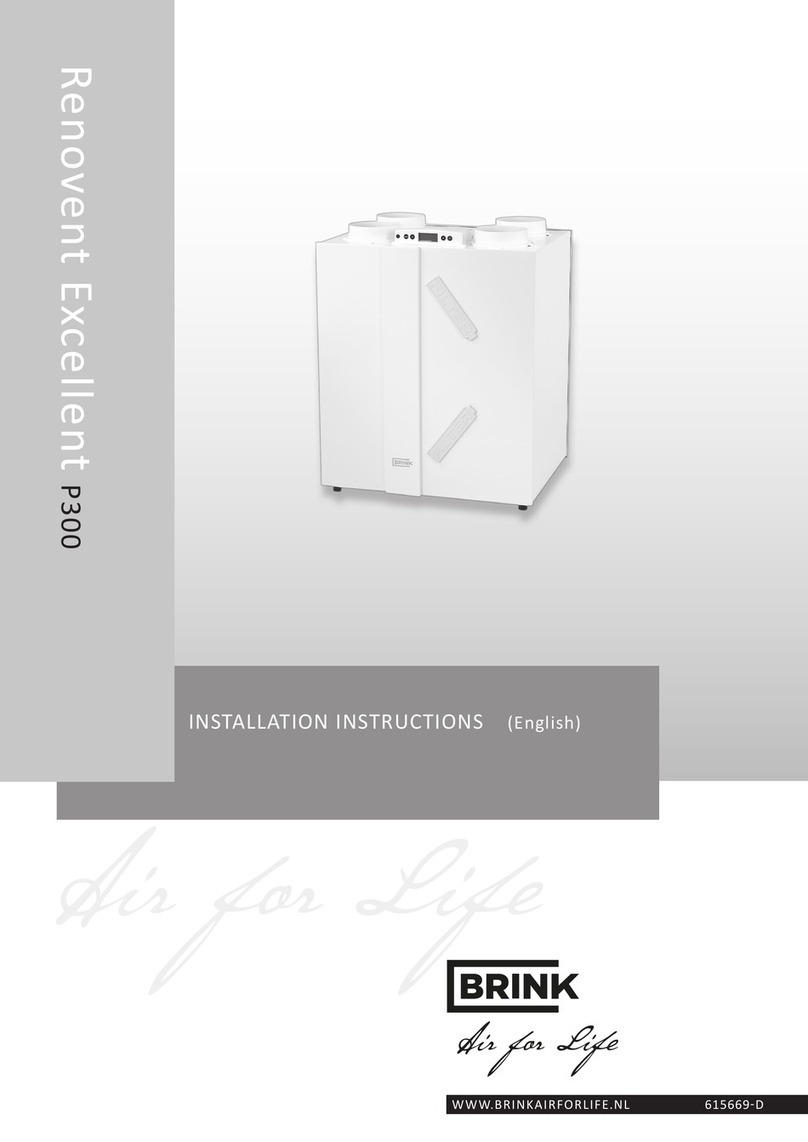
Brink
Brink Renovent Excellent P300 installation instructions
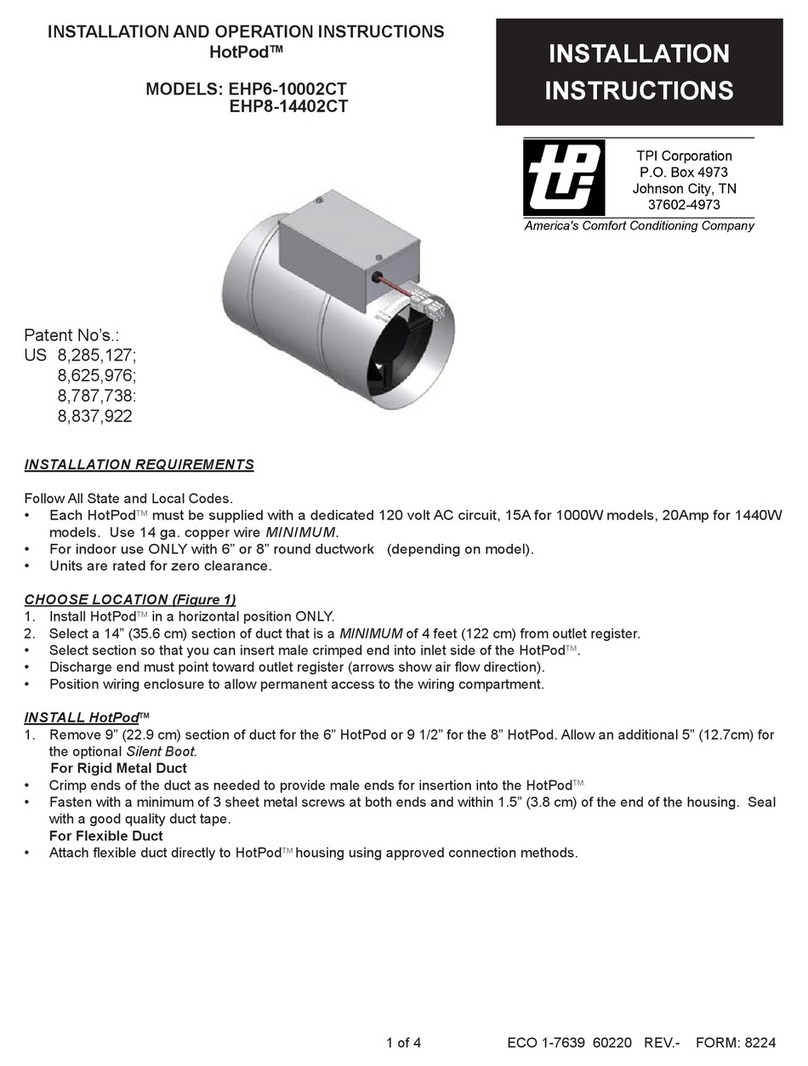
TPI Corporation
TPI Corporation HotPod EHP6-10002CT Installation and operation instructions

Saswell
Saswell SCU209DE user manual
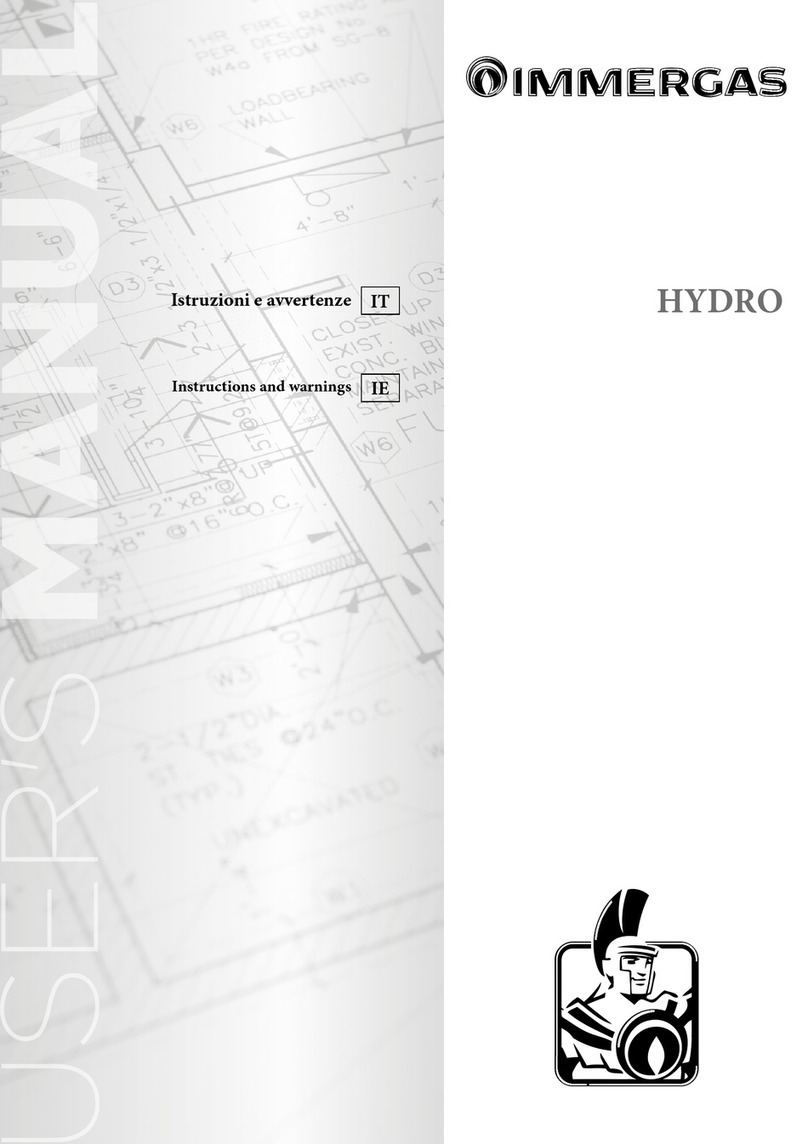
Immergas
Immergas HYDRO Instructions and warnings
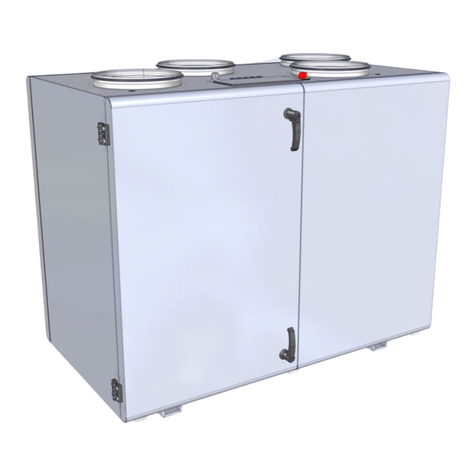
Salda
Salda RIRS 1200VE EKO 3.0 Technical manual
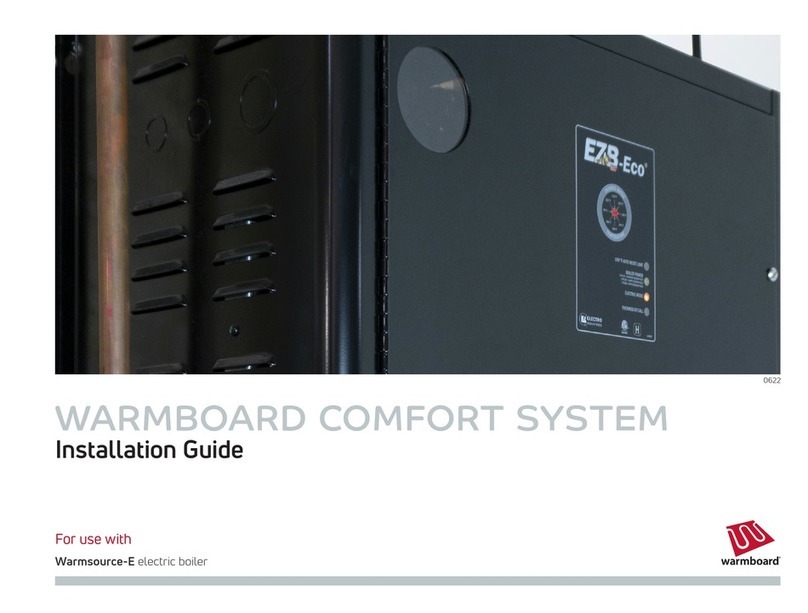
Warmboard
Warmboard Comfort System installation guide
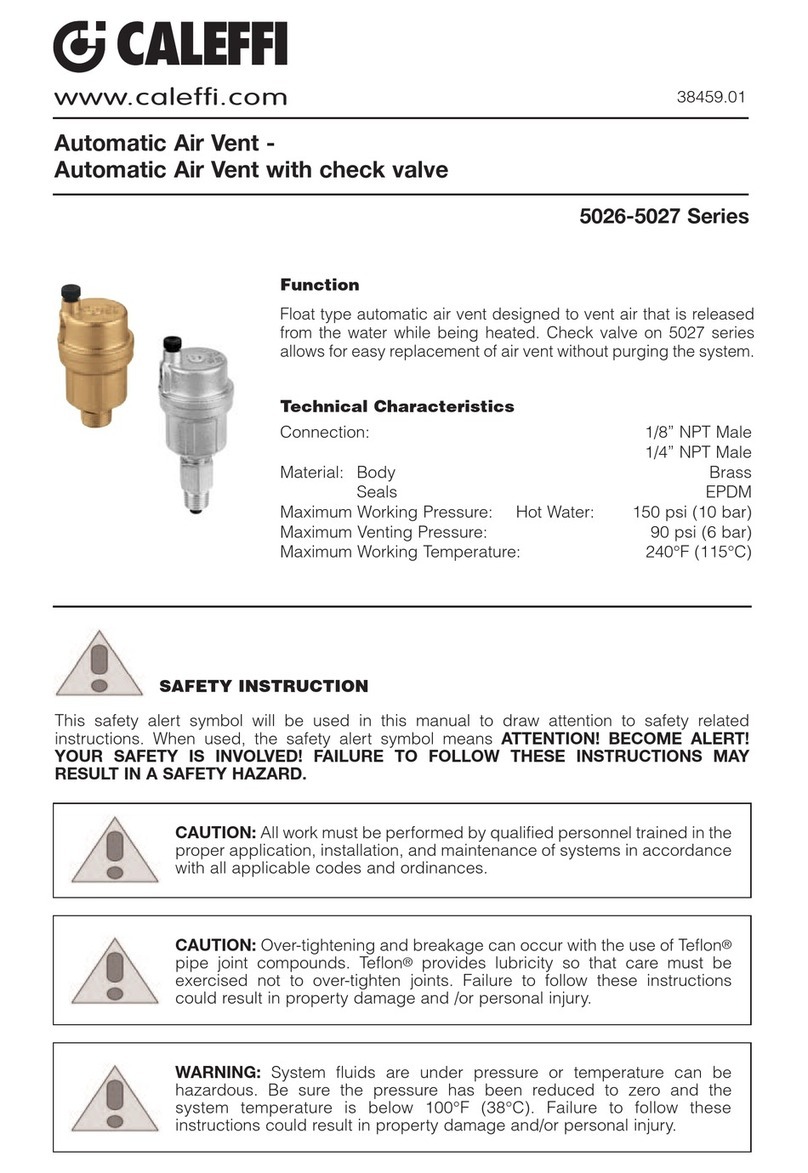
CALEFFI
CALEFFI 5026 series installation guide

Cairox
Cairox UKUNDA Installation operation & maintenance
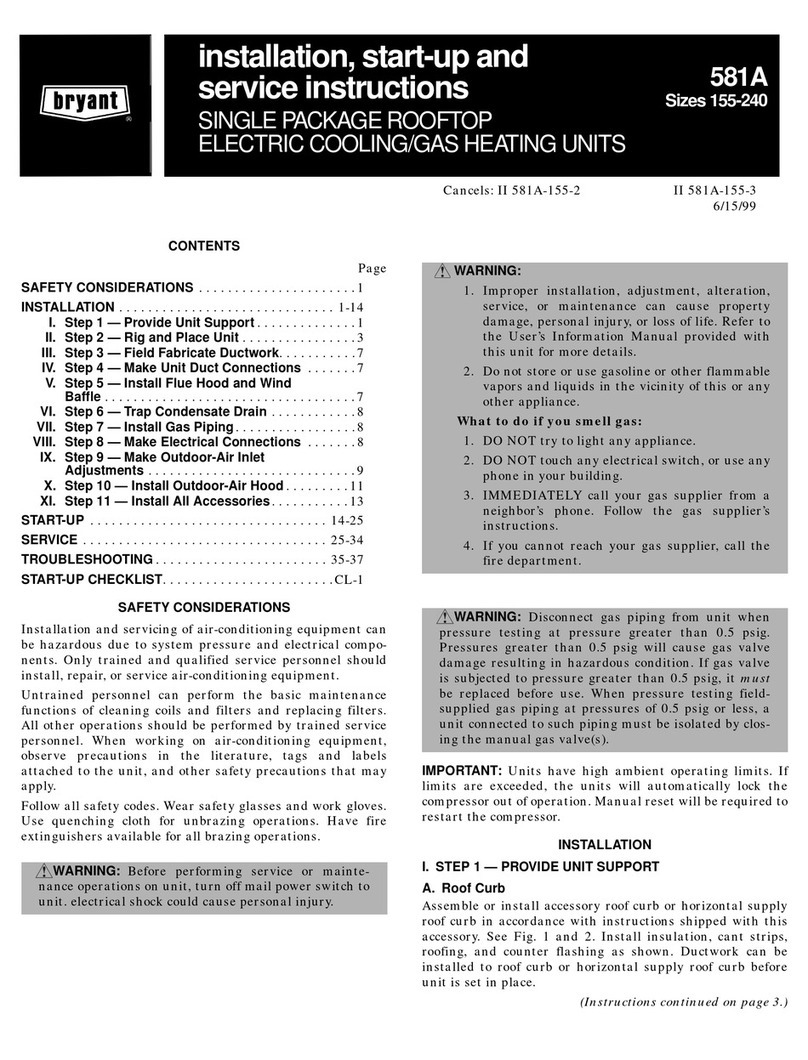
Bryant
Bryant 581A Installation and service instructions